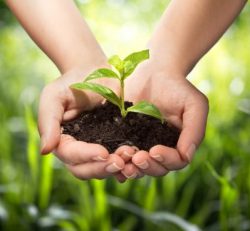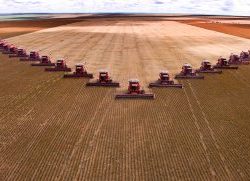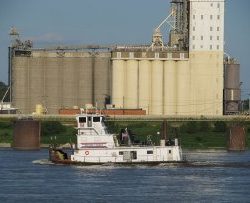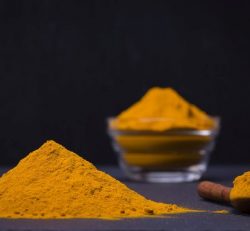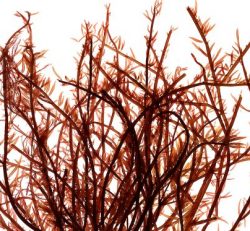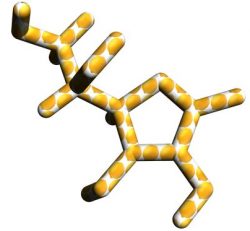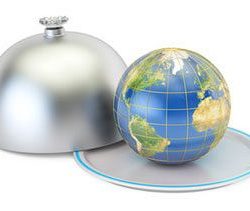EU COPPER REDUCTION PLANS OFFICIALLY APPROVED
The proposed changes for copper levels in animal feed have now been officially approved by the European Commission. It will come into effect on August 13, 2018.
EU Regulation 2018/1039 on copper sources for animal nutrition has been officially published in the Official Journal of the European Union on July 24. This means that the rules will come into effect on the 20th day after this publication (August 13, 2018).
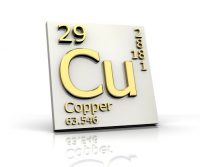
A transition time will be included in the new regulation, as still volumes of feed and premixes circulate in the market based on the ‘old’ inclusion levels of copper. Photo: Dreamstime
The following changes will be implemented:
The inclusion levels are determined based on complete feed with a moisture level of 12%.
- Piglets: suckling and weaned up to 4 weeks after weaning: From 170 mg/ kg complete feed to 150 mg/ kg complete feed
- Piglets from 5th week after weaning up to 8 weeks after weaning: From 170 mg/ kg complete feed to 100 mg/ kg complete feed
- Cattle (beef and dairy cattle): from 35 mg to 30 mg/kg feed.
- Cattle (beef and dairy cattle), before the start of rumination: Remained the same at 15 mg/kg feed
- Other bovines: from 35 mg to 30 mg/kg feed.
- Goats: from 25 mg to 35 mg/kg feed.
- Sheep: from 15 mg to 15 mg/kg feed.
- Crustaceans: Remained the same at 50 mg/kg feed.
- Other animals: Remained the same at 25 mg/kg feed
- No modification on the maximum copper contents in feed for poultry (including chickens for fattening) has been decided. The current level of 25 mg/kg feed is maintained.
Transition time built in
A transition time will be included in the new regulation, as still volumes of feed and premixes circulate in the market based on the ‘old’ inclusion levels of copper. In practice this means that copper compounds authorised by Regulation (EU) No 349/2010 and Implementing Regulations (EU) No 269/2012, (EU) No 1230/2014 and (EU) 2016/2261, and premixes containing copper, which are produced and labelled before 13 February 2019 in accordance with the rules applicable before 13 August 2018 may continue to be placed on the market and used until the existing stocks are finished.
Feed materials and compound feed for food producing animals containing copper substances or premixes with copper, which are produced and labelled before 13 August 2019 is allowed to be placed on the market and used until the existing stocks are finished. For non-food producing animals, the feed materials and compound feed that is labelled before 13 August 2020 can be used until the existing stocks are finished.
More realistic reduction
Copper is an essential trace element for all forms of life and performs several biological functions. However, high levels of copper (higher than the nutritional needs) used to be used in the past for their positive impact to help animals to cope with pathogens, in particular for young animals (piglets). These high levels of copper are nevertheless excreted by the animals and may then pose a threat for the environment. Initially the EU wanted to propose a dramatic drop in inclusion levels. FEFAClobbied a more realistic plan, taking both the environment and animal performance and health into consideration. And that plan is now officially approved by the EU.
Emmy Koeleman
Editor: All About Feed & Dairy Global
Source: www.allaboutfeed.net



